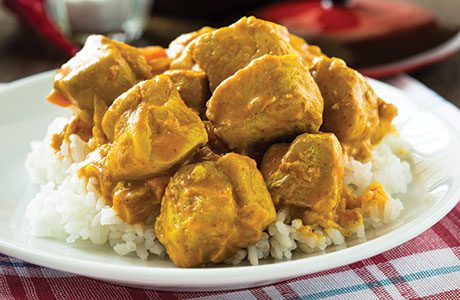
Adventurous consumers turn to Japanese, African and Indonesian dishes, recipe kits and ingredients.
FOREIGN travel, increased willingness to cook from scratch at home and suspicions that ready meals and cooking sauces are high in fat, sugar and salt are fuelling growth in ethnic foods.
That’s the conclusion drawn by research company Keynote, which measured the market last year as up 3.2% on 2012, the fourth consecutive year of growth. Its 2014 market update predicts the market (which includes rice) will grow by 14.8% over the next four years.
Mature varieties, such as Indian and Chinese food, are evolving as consumers buy the ingredients, or kits, in an attempt to replicate dishes they have tasted on holiday or in restaurants. Thai, Mexican/Tex-Mex and Caribbean foods stayed stable but the real growth came from new tastes and flavours.
“The smaller sub-sectors performed strongly in 2013,” the report noted. “The market continues to diversify as an adventurous consumer base experiments with new global cuisines. Niche ethnic foods such as Japanese, African and Indonesian, expanded at the most substantial rate in 2013.”
And while the report states that the appetite for NPD is limited in mature varieties, such as Indian, “increasing variety within the marketplace is fuelling growth rather than dispersing sales, bolstering the robust nature of the sales base.”
Convenience, Keynote stresses, is a key factor, “specifically as products need to be able to compete with the extreme convenience offered by home-delivery.”
As well as ready meals, cooking sauces and recipe kits, Keynote points to NPD such as Uncle Ben’s Rice Time pots as “expanding the demand for away-from-home ethnic foods”.
Rice accounts for approximately 20% of the overall ethnic foods market, but Keynote says growth in 2013 was primarily attributable to higher retail prices, which disguised faltering volume sales.




















